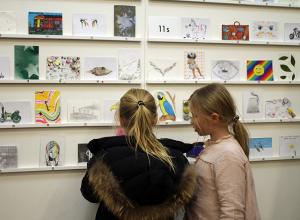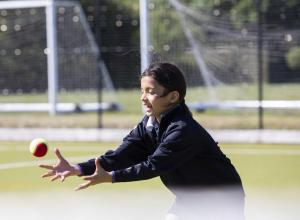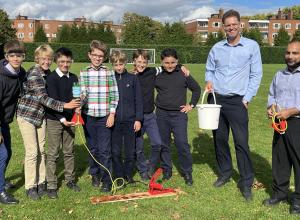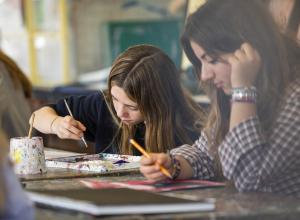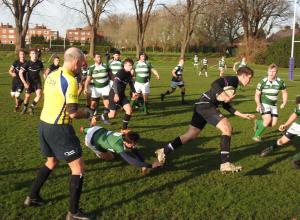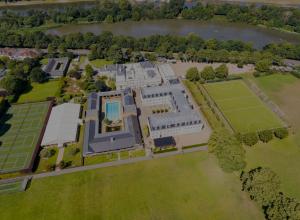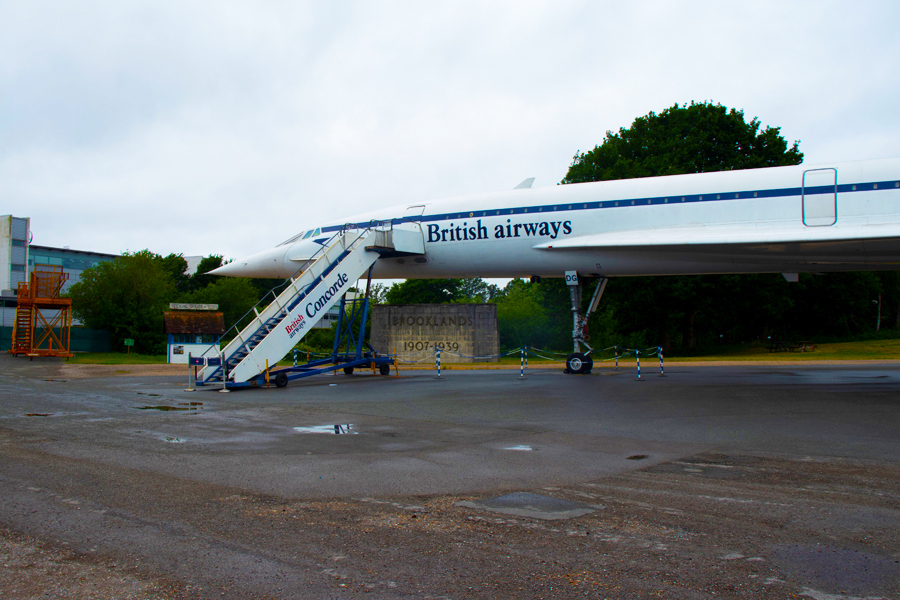
A STEM trip to Brooklands Museum gave pupils a chance to step into the world of engineering, exploring how innovation has shaped both aviation and motorsport in the UK. From building electric-powered model cars to stepping inside Concorde, the visit was full of hands-on activities and memorable stories.
Across two trips—one in February and another this term—around 130 pupils from our 11s and 12s (Years 7/8) took part. The day was structured into three main workshops. In the Aeronautics & Automotive Tour, pupils learned how aerodynamics, motion, and forces apply to both planes and cars, while also exploring highlights from the Aviation and Motoring exhibitions. The Stratospheric Chamber was a clear favourite, especially for Maddox and Myla (11s).
The Stratospheric Chamber was really cool...it tested how aeroplanes could fly through all types of weather. And the vacuum simulates high altitude conditions too."
Myla and Maddox (11s)
“The Stratospheric Chamber came to life when you pressed the button, and it made a really loud sound,” says Myla. “It tested how aeroplanes could fly through all types of weather.”
“And the vacuum simulates high altitude conditions too, which is really cool,” adds Maddox.
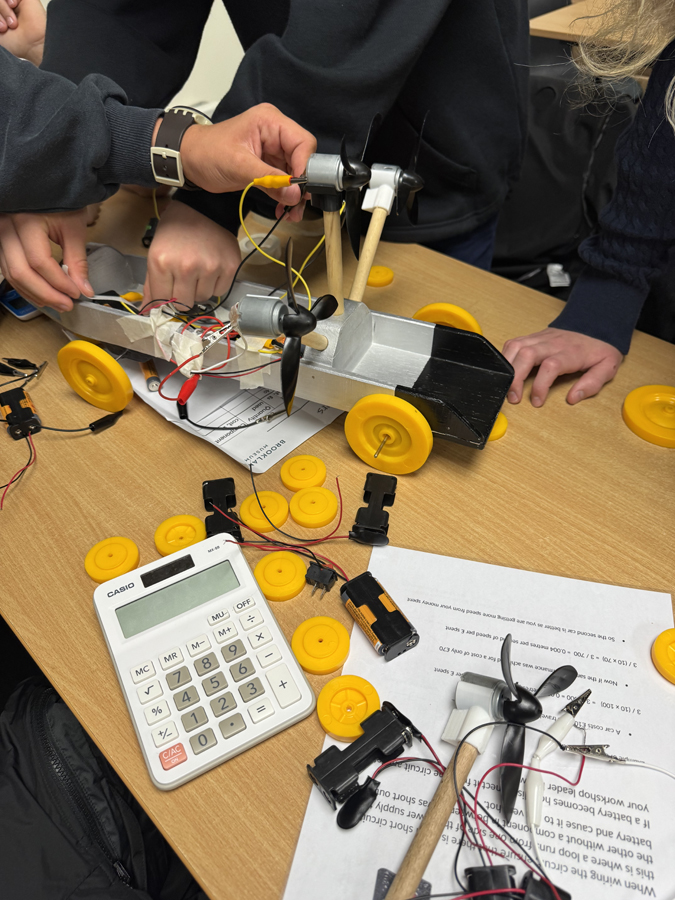
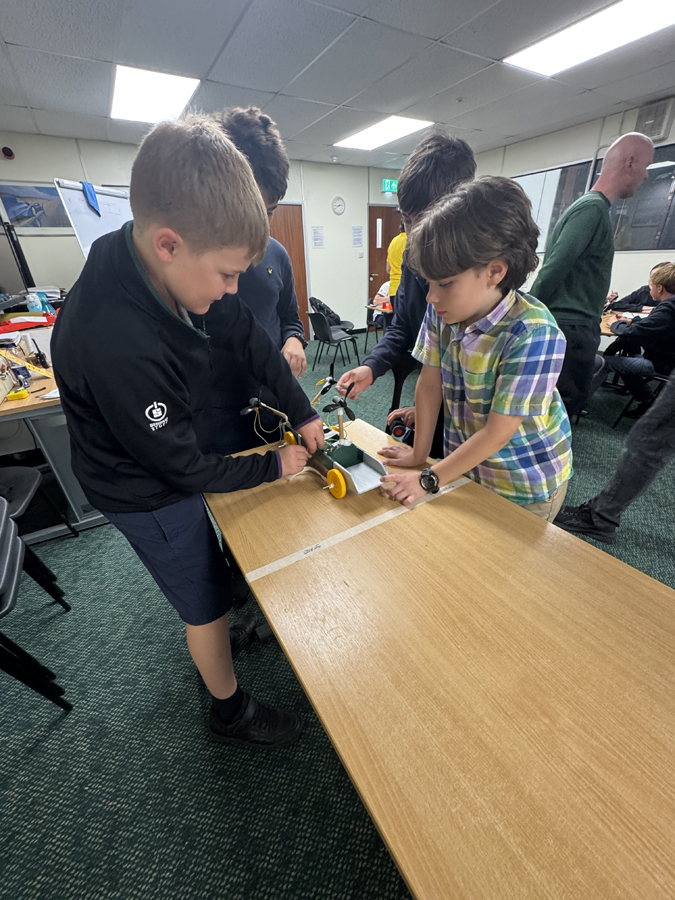
Pupils also discovered that Brooklands opened in 1907 as the world’s first purpose-built motor racing circuit and played a foundational role in the development of British motorsport.
“We walked around the track and saw how surface curved upwards on the corners so the cars could still go fast round the bends without flying off,” says Myla. “And we saw some of the first racing cars too—pre-war ones that influenced F1 design.”
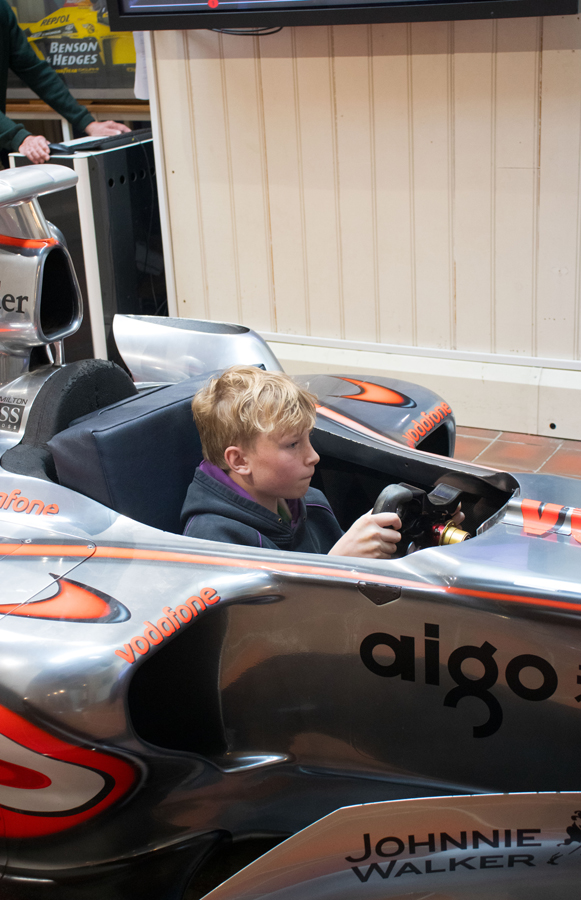
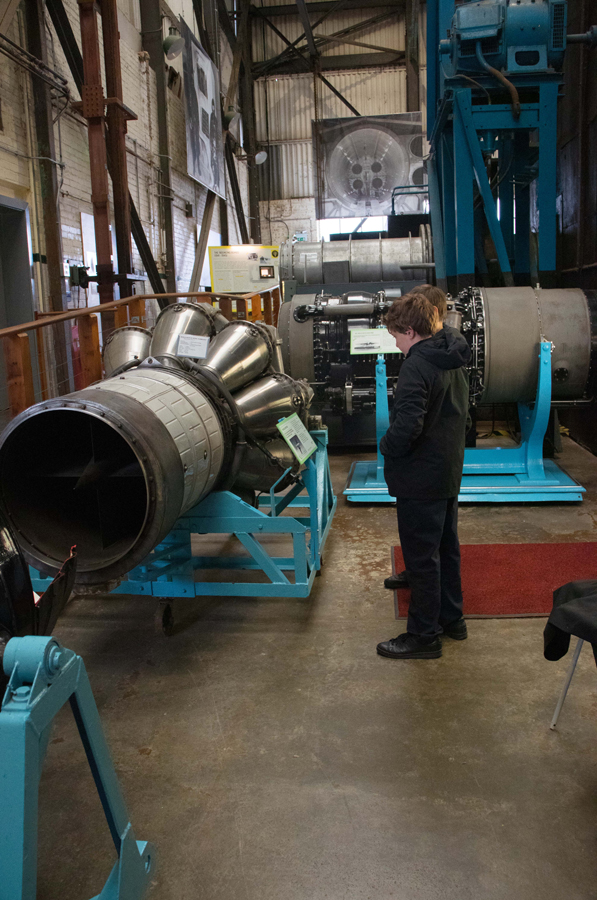
The second session, Propeller Races, had pupils working in teams to design and build small electric cars. They had to manage a limited budget while powering their vehicles with a propeller-driven circuit. The activity sparked a mix of competition and creativity.
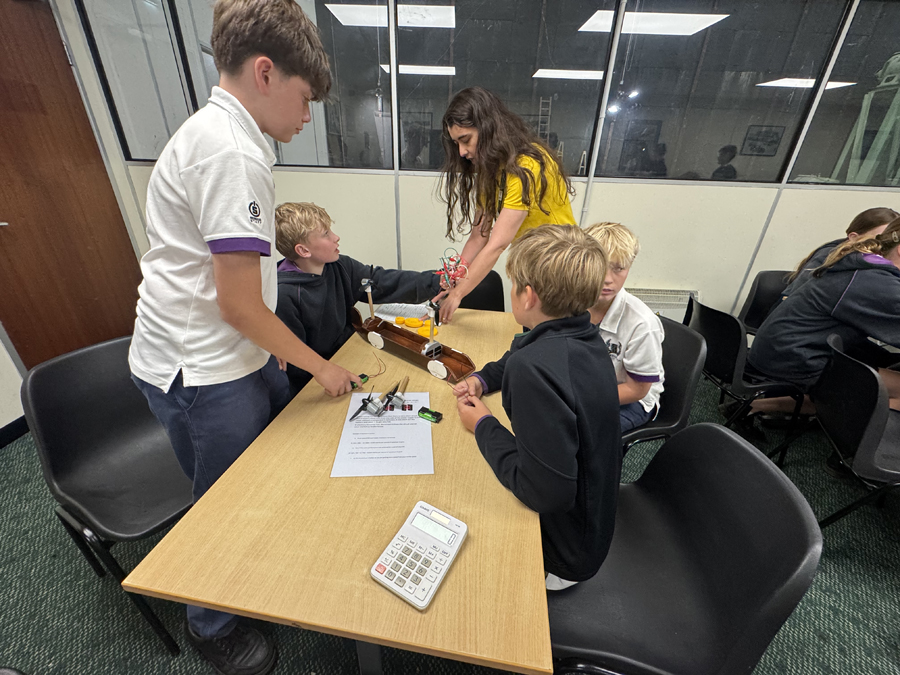
“We beat the boys in speed, but they beat us on budget,” says Grace (11s). “But we did splurge a bit when we added three propellers!”
We beat the boys in speed, but they beat us on budget ... we did splurge a bit when we added three propellers!
Grace (11s)
The third workshop, The Concorde Experience, gave pupils a rare chance to step aboard the legendary supersonic airliner. They learned about the engineering advances that allowed Concorde to reach Mach 2—twice the speed of sound.
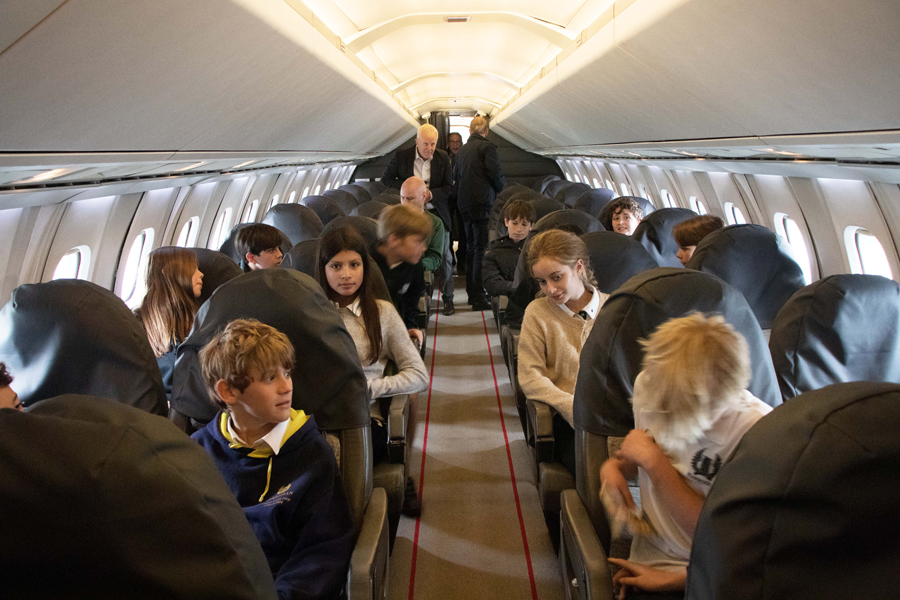
“The Concorde simulator was my favourite bit with the virtual take-off and a chance to sit in authentic Concorde passenger seats,” enthuses Kazuma (11s). “They had great leg room,” adds Grace. “Something our planes now could really do with improving!”
The Concorde simulator was my favourite bit with the virtual take-off and a chance to sit in authentic Concorde passenger seats
Kazuma (11s)
Captain John Tye, one of only 134 pilots ever to fly Concorde, joined the group to share his remarkable story. Despite a rare medical condition that affected his legs, he built a 46-year flying career. As he told the pupils, determination can often outfly the odds. His autobiography, Life of a Concorde Pilot: From the Orphanage to the Edge of Space, tells the full story.
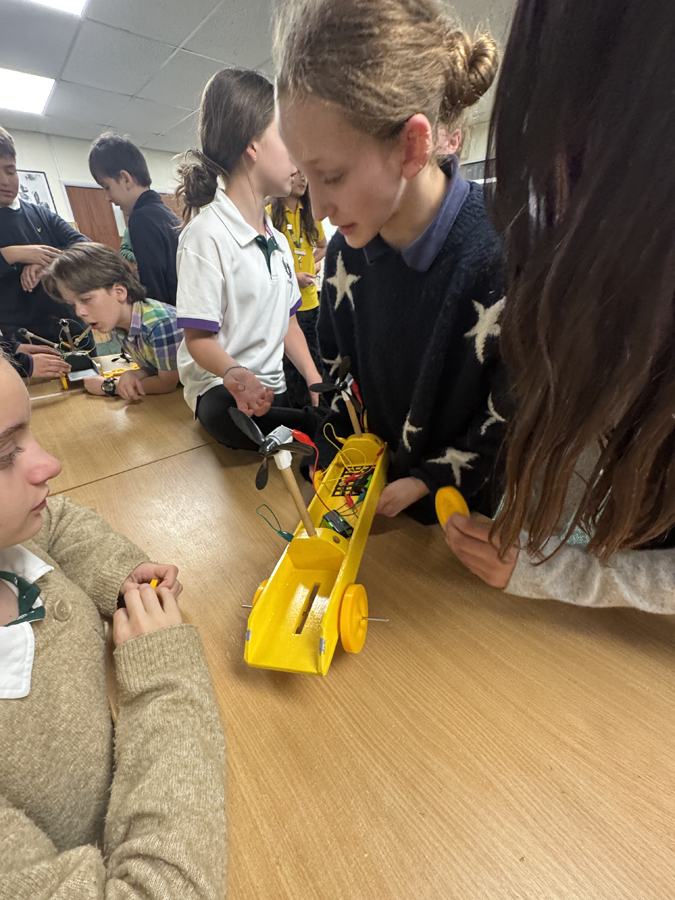
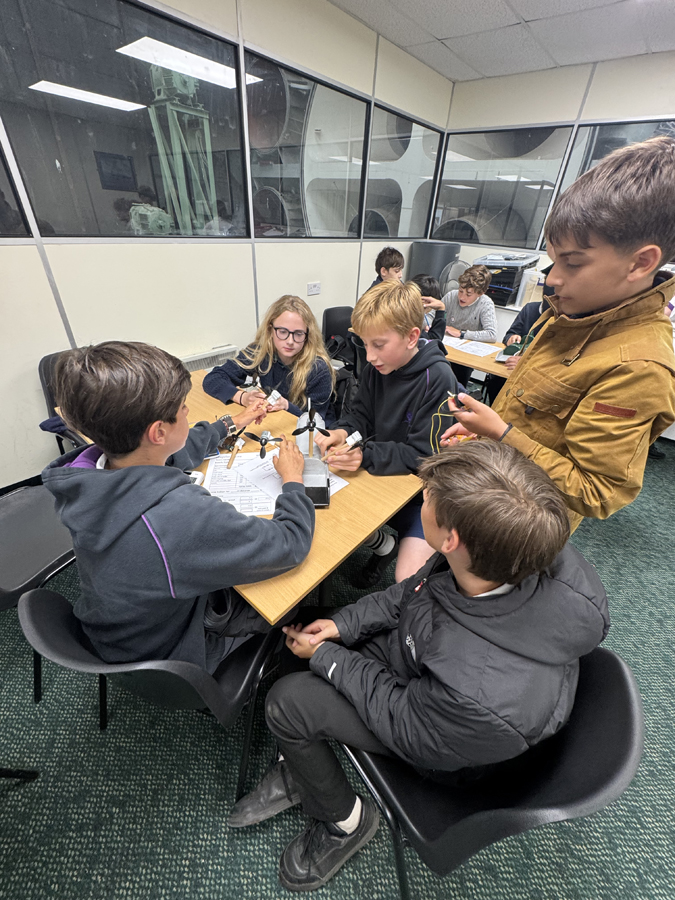
Pupils also attended a talk about Sir Barnes Wallis, the engineer behind the famous bouncing bomb used in the Dambusters raid during WWII. The presentation highlighted how invention and risk-taking have long driven progress in engineering.
Brooklands has everything from replicas of the Wright Brothers Flyer of 1903 and Louis Bleriot's channel-crossing monoplane through Lancaster and Wellington bombers, to supersonic planes such as the Harrier and Concorde
Mr Jake Murray, STEM Coordinator and trip leader
Mr Jake Murray, who led the trip, explained how Brooklands offers a unique view into the evolution of flight and motoring. “Brooklands is packed with historic classics,” he explains. “There’s everything from replicas of the Wright Brothers' Flyer and Bleriot’s monoplane to original WWI and WWII aircraft like the Sopwith Camel and the Lancaster bomber. You can follow the journey all the way through to supersonic jets like the Harrier and Concorde.”
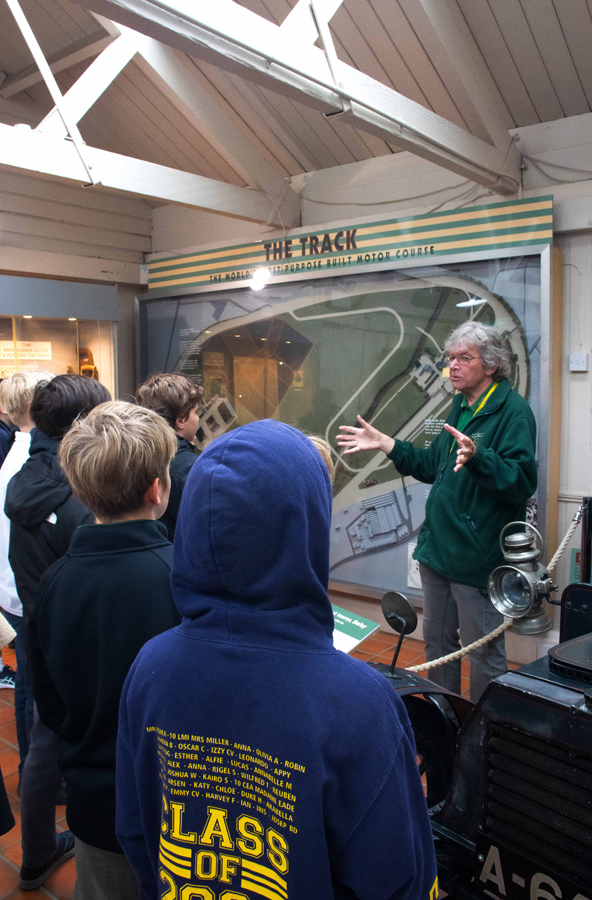
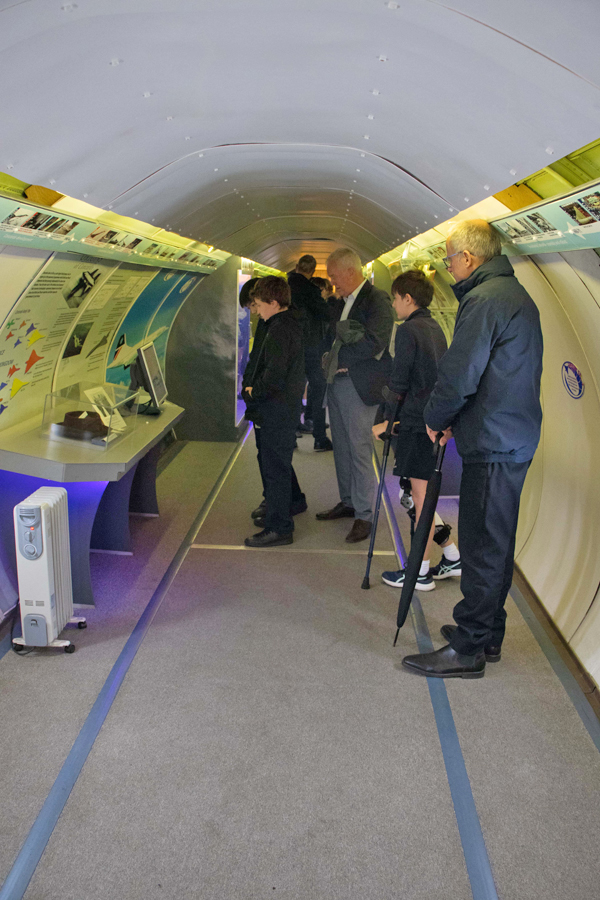
The visit showed just how far engineering has come—from wood-and-canvas biplanes to supersonic jets—and reminded pupils that innovation continues to drive progress in the skies and on the track.
As Mr Murray sums up: “Today, manufacturers are focused on efficiency and sustainability, but aviation and engineering are still exciting careers. There's even a new supersonic airliner in development called Boom.”
A day filled with speed, science, and stories, the STEM trip to Brooklands was a great success—bringing science to life through hands-on learning—and has now established itself as a regular feature in the Harrodian calendar.
To see a gallery of pictures

